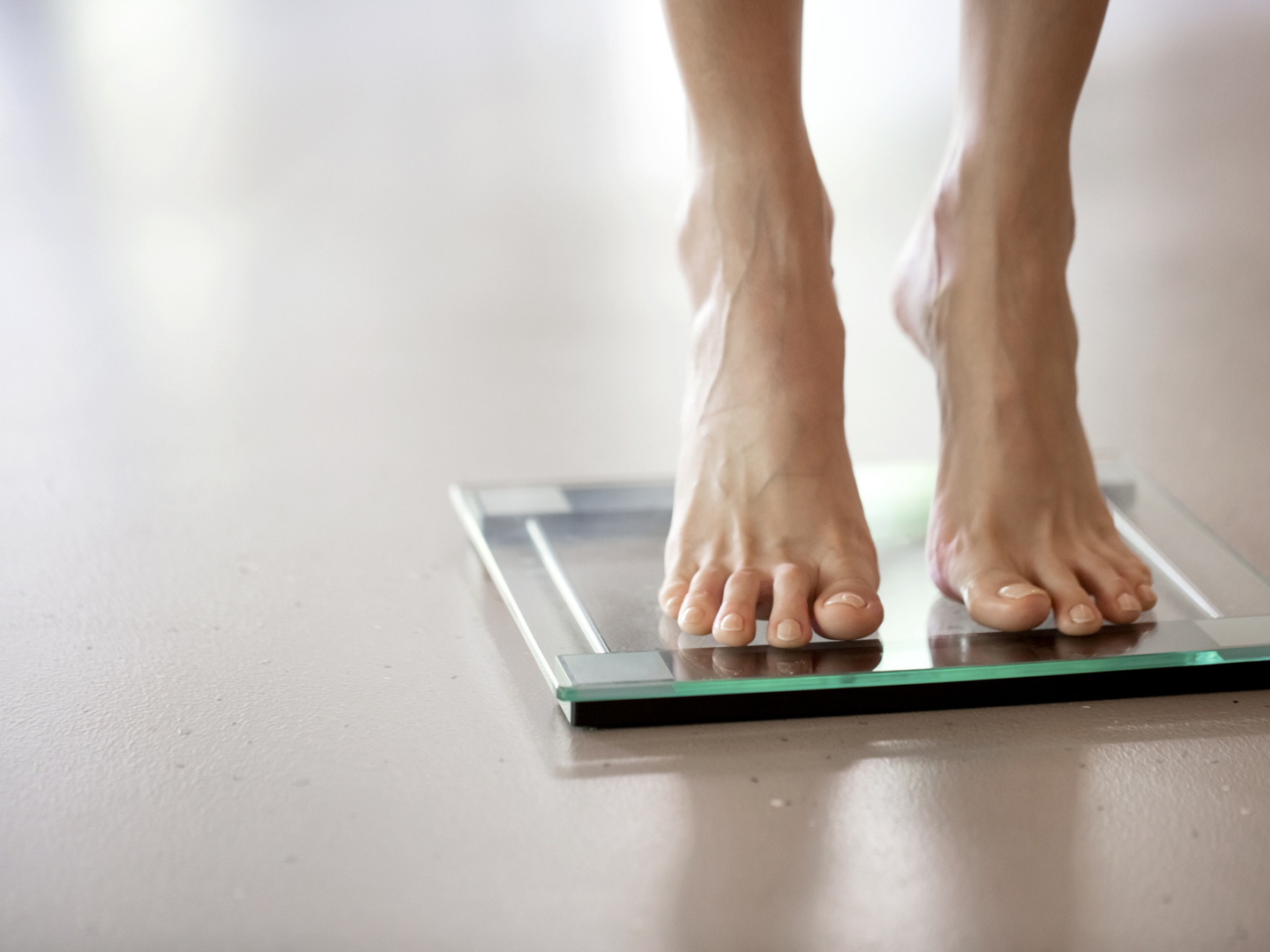Anti-Migraine Diet?
What kind of diet would you recommend to decrease the frequency of migraine with aura?
Andrew Weil, M.D. | January 1, 2010

Migraine with aura is known as “classic” migraine. The headache is preceded by visual changes such as flashing lights or zigzag lines or, sometimes, by changes in smell, taste or touch, or a feeling of pins and needles. This is the aura, which usually occurs about half an hour before the headache and goes away when the pain begins. Migraines typically occur on one side with throbbing pain in the forehead, temple, around one eye, or even in the jaw or ear, often accompanied by nausea or vomiting. Not all migraines are “classic” – you can have a migraine without an aura or any accompanying nausea or vomiting. In fact, only about 15 percent of all those with migraines experience auras.
There is no special diet for migraine with aura; or, in fact, for any type of migraine, but for many sufferers triggers in diet do seem to play a role, and this is highly individualized. To find out what foods might set off your headaches, the best strategy is to keep a diary of what you eat for a few weeks. If you can link any foods or ingredients (including artificial colors or sweeteners) with the onset of your headaches, you’ll know what to avoid.
Besides foods, migraine triggers include (in women) the hormonal changes prior to menstruation. Changes in weather, lack of sleep, stress, and skipping meals can all bring on the headaches. Neurologists who treat migraines recommend trying to maintain a regular daily routine in order to hold the headaches in check. They also recommend aerobic exercise for at least 30 minutes three times a week to reduce frequency and severity.
If you can’t identify a trigger, you can explore preventive treatment for frequent headaches. Conventional medicine relies on various drugs, but none of them works well for everyone.
You can also try one or more of the available alternative treatments. A study published in the December 28, 2004, issue of Neurology found that patients who took two 75 mg tablets of butterbur extract (Petasites hybridus) cut headache occurrence by an average of 48 percent (compared to 26 percent among patients who received a placebo). When buying butterbur, choose extracts guaranteed to be free of pyrrolizidine alkaloids (PAs), compounds that are toxic to the liver. Take butterbur with meals.
Another alternative is high doses of vitamin B-2. A 1998 Belgian study found that 400 mg of B-2 reduces the frequency and duration of migraines. You’ll need a doctor’s prescription to get that dosage. In addition, biofeedback training can also be helpful.
Andrew Weil, M.D.










